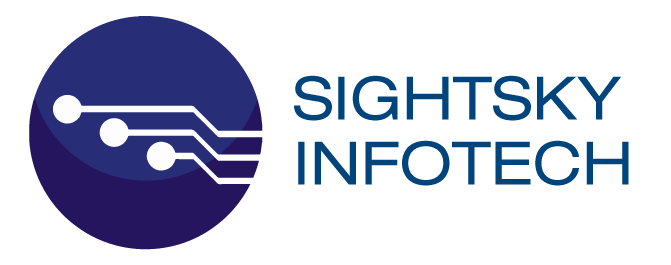Microservices Implementation on Azure Kubernetes Service (AKS)
Microservices architecture has gained significant popularity due to its ability to create scalable, flexible, and maintainable applications. To harness the full potential of microservices, organizations often leverage container orchestration platforms like Kubernetes. In this case study, we will explore how Company X successfully implemented microservices on Azure Kubernetes Service (AKS), a managed Kubernetes offering by Microsoft Azure, to transform their monolithic application into a cloud-native, scalable, and highly available solution.
Company X’s Initial Challenge
Company X had a large monolithic application that posed several challenges, including:
- Scalability Issues: As the application grew in complexity and demand, scaling the monolith became cumbersome and inefficient. The company needed a solution that allowed for seamless horizontal scaling.
- Release Cycle Bottlenecks: Frequent updates to the monolithic application resulted in lengthy release cycles, hindering the company’s ability to deliver new features and bug fixes rapidly.
- Resource Wastage: Running the entire monolithic application on traditional virtual machines led to resource wastage, as not all components required the same resources.
- Maintenance Complexity: Debugging and maintaining the monolith were time-consuming and resource-intensive tasks.
Microservices Implementation on AKS
Company X decided to adopt microservices architecture to address these challenges and chose Azure Kubernetes Service (AKS) as the container orchestration platform. The implementation process included the following steps:
- Breaking Down the Monolith: The development team conducted a thorough analysis of the monolithic application and identified cohesive components that could be extracted as microservices. This involved domain-driven design principles to ensure each microservice encapsulated specific business logic.
- Containerization: Each microservice was containerized using Docker, which allowed the team to package the application and its dependencies independently.
- AKS Cluster Provisioning: Company X utilized Azure Portal to create an AKS cluster, a managed Kubernetes service that simplifies the deployment, management, and scaling of containerized applications.
- Deployment Strategy: The team implemented a progressive rollout strategy to avoid disrupting existing users. New microservices were gradually introduced, and load balancing was used to distribute traffic between the monolithic and microservices-based components.
- CI/CD Integration: Azure DevOps was integrated into the workflow to set up a continuous integration and continuous deployment pipeline. Code commits triggered automatic builds, tests, and deployments to the AKS cluster.
- Monitoring and Logging: Company X used Azure Monitor and Azure Log Analytics to gain insights into the performance and health of their microservices. This allowed them to proactively identify and address potential issues.
Benefits and Outcomes
The adoption of microservices architecture on AKS resulted in several key benefits for Company X:
- Scalability and Resource Efficiency: With AKS’s native scaling capabilities, the company could scale individual microservices independently, optimizing resource utilization.
- Faster Release Cycle: Microservices allowed for more frequent updates and feature releases without affecting the entire application, leading to faster time-to-market.
- High Availability: AKS’s inherent support for load balancing and fault tolerance ensured high availability and resilience for the application.
- Reduced Maintenance Effort: Smaller, independent microservices simplified debugging and maintenance, reducing the overall effort required for application upkeep.
- Cost Optimization: By efficiently using resources, Company X could save on infrastructure costs.
Conclusion
Company X’s successful implementation of microservices on Azure Kubernetes Service (AKS showcased the power of microservices architecture and container orchestration. By breaking down their monolithic application and leveraging AKS’s features, they achieved a scalable, maintainable, and cost-effective solution. This case study stands as a testament to the transformative impact of adopting modern cloud-native technologies to drive innovation and competitiveness in the digital era.

